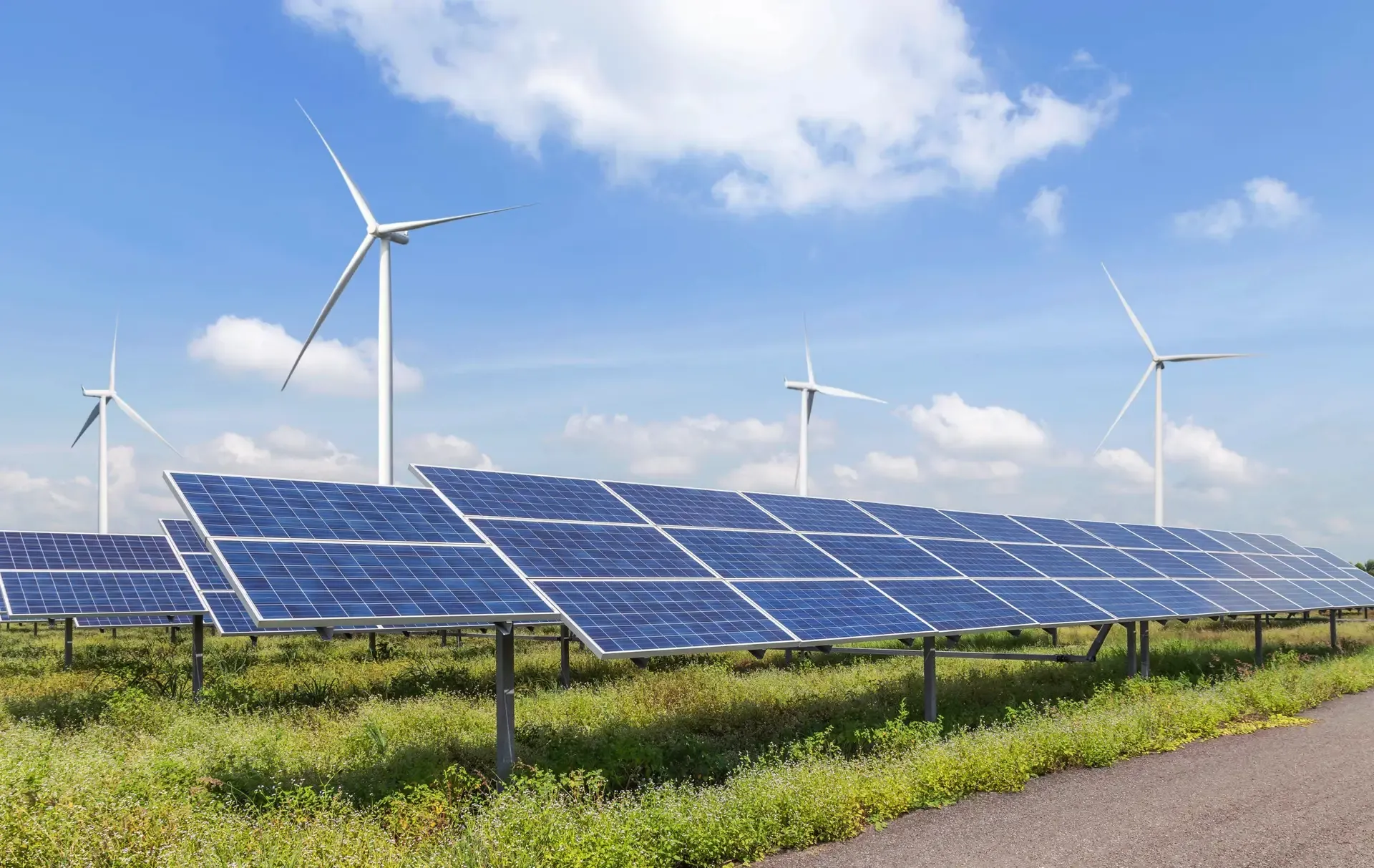"If the high cost of capital cannot be compensated for by an increase in the return, the money will simply not be enough for projects to be successful"
Jamie Maule Research Analyst
The rising cost of capital faced by developers of renewable energy projects, such as onshore wind and solar PV, may slow down the number of new projects and cause some already commissioned projects to become financially unviable.
Data from Cornwall Insight’s report into capital costs and their impacts on the government’s fifth round of the Contract for Difference (CfD) scheme1, has shown rising inflation and interest rates, supply chain problems, and labour shortages have increased the weighted average cost of capital (WACC) for renewable projects by about 4% since early 2021. Developers are becoming increasingly concerned about bidding for projects in the next round of the government’s Contracts for Difference renewables subsidy scheme, fearing they may not get a return on any investments they make.
Under the CfD scheme, developers can take part in an auction for renewable energy projects, with successful generators awarded a strike price for each unit of power generated. Although CfD strike prices have typically fallen, a rising WACC and the subsequent increase in the levelised cost of energy (LCOE)2 may lead to higher strike prices in the upcoming fifth allocation round (AR5).
If strike prices generators assess as realistic were granted during AR5, it would likely enable them to offset the escalating capital costs. However, the government sets a limit, known as the administrative strike price (ASP), on how high the strike prices can go, and despite the rising costs, the ASPs have decreased significantly since the start of the subsidy scheme, with many in the industry highlighting that these are now set too low to allow projects to succeed.
Alongside the concerns for AR5, rising capital costs may also impact the success of projects from previous CfD allocation rounds, which bid in at prices that may no longer be economically viable.
Possibly compensating for the impact of rising capital costs, our Renewables Pipeline Tracker shows that there is a pipeline of renewable energy projects, ranging from scoping to under construction, exceeding 215GW. This could drive down prices through competition. Additionally, the movement of offshore wind into the same CfD pot as solar PV and onshore wind for AR5 could also facilitate greater competition and reduce submitted prices.
Figure 1: Weighted average cost of capital for onshore wind and solar PV projects between 2017 and 2023, with a dashed vertical line marking the application window for Allocation Round 4 of the CfD scheme

Source: Cornwall Insight
Figure 2: The government’s capped administrative strike prices (£/MWh) and delivery years for different technologies from AR1 to AR5

Source: Gov.UK
Jamie Maule, Research Analyst at Cornwall Insight:
With all the upwards pressure on strike prices, investors and developers are rightly worried about the government’s cap going into the fifth round (AR5) of the Contract for Difference scheme. After all, if the high cost of capital cannot be compensated for by an increase in the return, the money will simply not be enough for projects to be successful and could act to stifle competition and deter investors and developers from bidding for renewable projects.
Past projects could also be at risk of failing, with concerns that the strike prices bid may not be sufficient to cover rising costs, jeopardising their profitability and sustainability in the long run.
Even if AR5 strike prices remain low, as a result of high competition or due to optimistic bidding, rising capital costs may still act as a barrier to the type of large-scale investment needed if the UK is to reach net zero. The added competition from the US and EU for international investors will only add to the challenge.”
References:
- WACC-A-MOLE –Implications of the rising cost of capital for the fifth round of the Contract for Difference scheme – Cornwall Insight Paper
- The average cost of generating electricity over the lifetime of the project,
Ends
Notes to Editors
For more information, please contact: Verity Sinclair at v.sinclair@cornwall-insight.com
To link to our website, please use: https://www.cornwall-insight.com/
About the Cornwall Insight Group
Cornwall Insight is the pre-eminent provider of research, analysis, consulting and training to businesses and stakeholders engaged in the Australian, Great British, and Irish energy markets. To support our customers, we leverage a powerful combination of analytical capability, a detailed appreciation of regulation codes and policy frameworks, and a practical understanding of how markets function.

